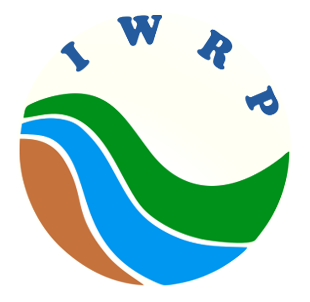
The vector data allows us to define the outer extents of a watershed area (polygon), establish a stream network (lines), and identify points where we would like to analyze hydrologic/hydraulic data, such as flow rate and water elevation. Figure 1 differentiates between vector data and raster data for a watershed that will be used as an example throughout this module. GIS: GIS systems use vector (points, lines, polygons) and raster data (gridded data) where each grid cell represents a value.

While these components are discussed individually, they are dependent on one another and are coupled through the model data and parameters. Įach component of the software is briefly described below. The instructor who is implementing this module should support students with obtaining and setting up the PCSWMM software. PCSWMM is only compatible with PC computers however, most universities also provide virtual machine software to support students with MAC computers. Either SWMM or PCSWMM can be used for the purposes of this module, but PCSWMM will be used herein.

While PCSWMM is commercial, free licenses can be obtained for instructors and students through the University Grant Program. This software was chosen for this module because it is commonly used by professional engineers who design stormwater infrastructure systems. PCSWMM is a sophisticated wrapper and well-designed user interface that improves the user experience speeds up model development, and adds additional functionality for experienced users. Environmental Protection Agency (EPA) Stormwater Management Model (SWMM) computational engine, and thus SWMM and PCSWMM have the same core functionality and modeling framework.


PCSWMM combines a geographic information system (GIS) with a hydrologic and hydraulic (H&H) modeling engine. PCSWMM is a software package that is developed and managed by Computations Hydraulics International (CHI). Throughout this module, we will be utilizing PCSWMM.


 0 kommentar(er)
0 kommentar(er)
